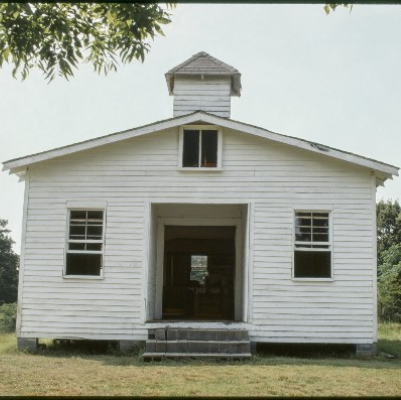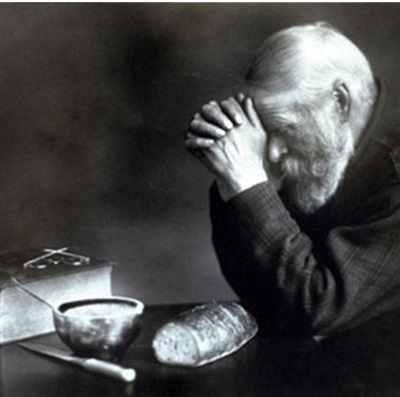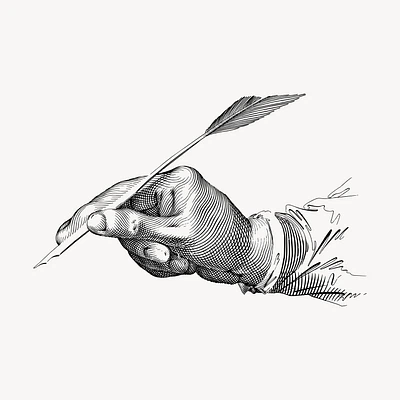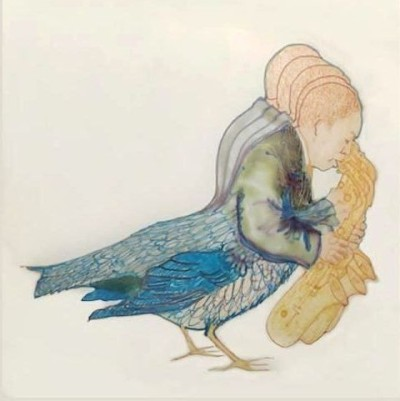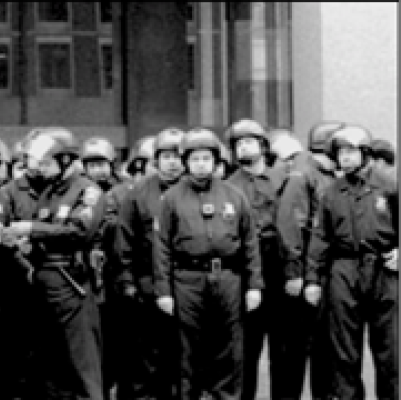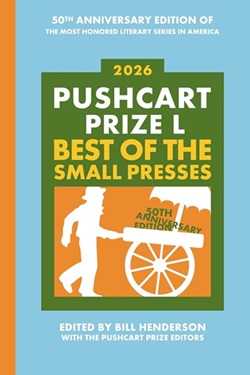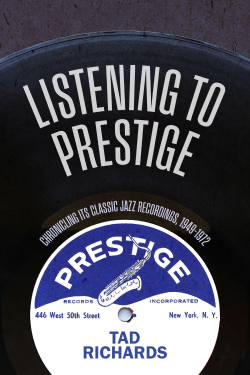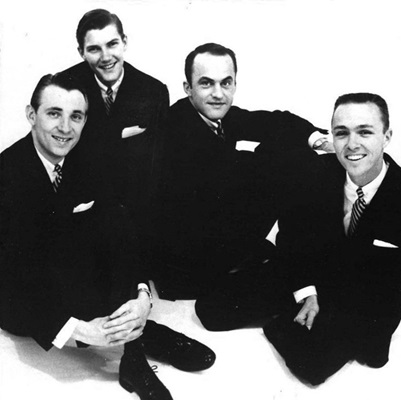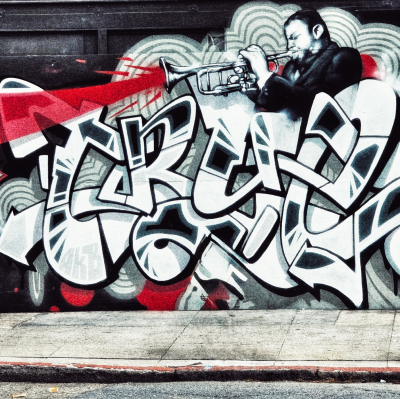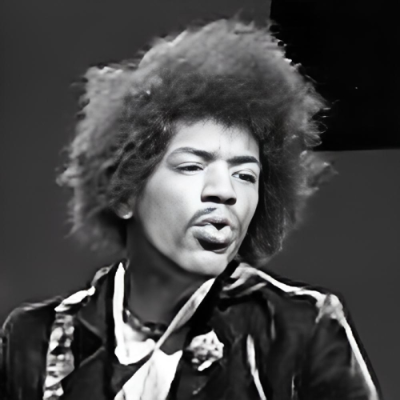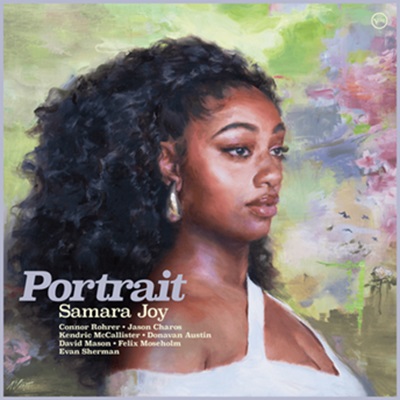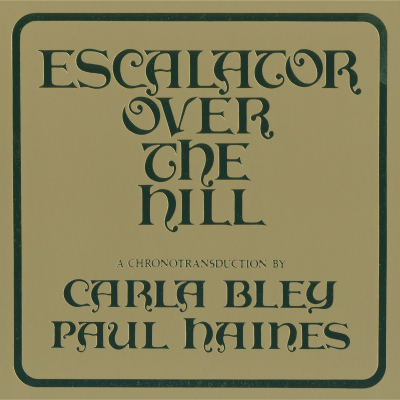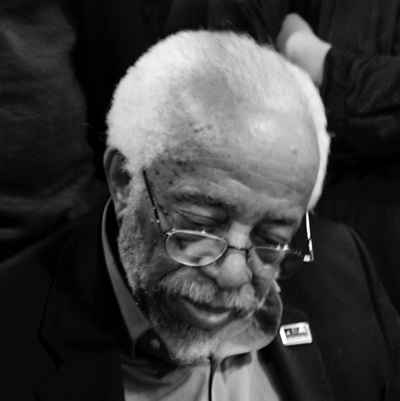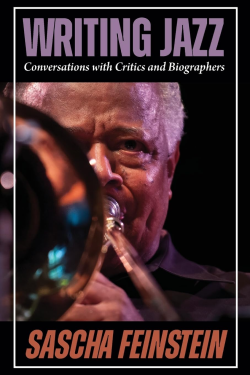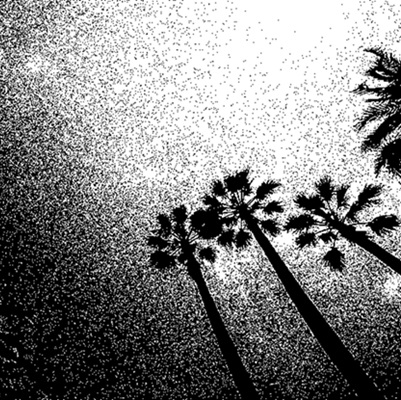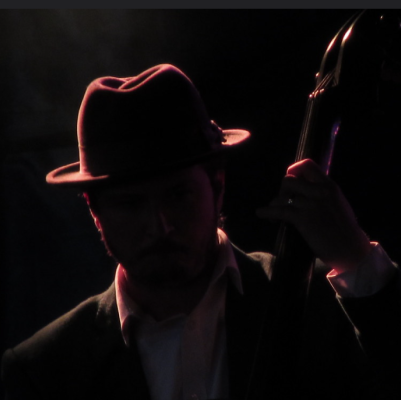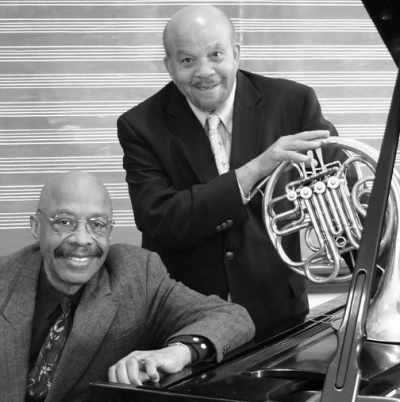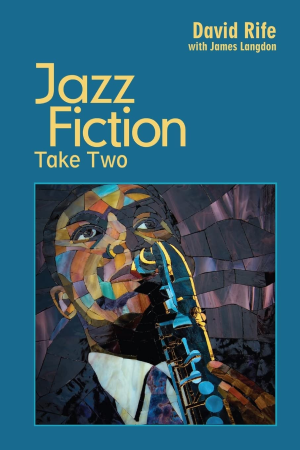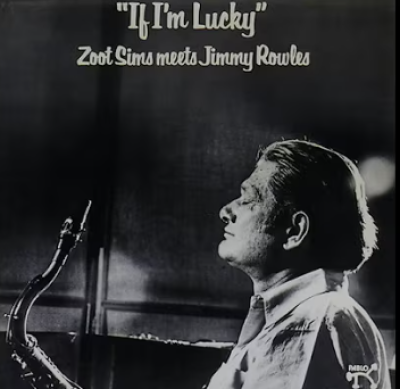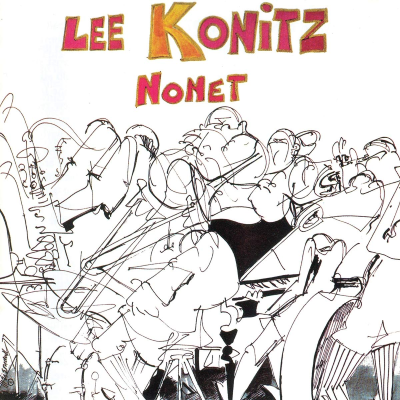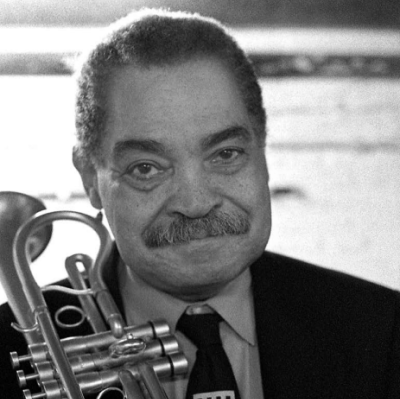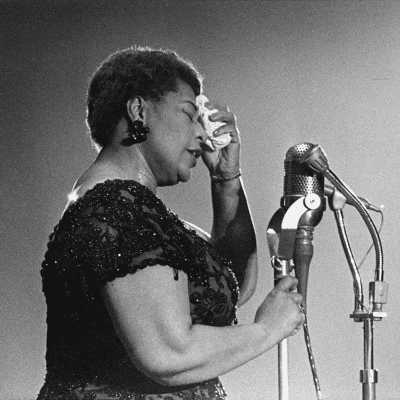Zach Ferguson, a junior at Battleground High School in Battleground, WA, was the winner of the 2007 Accent on Youth Essay Contest. His passion for jazz and the challenges he faces as a youthful fan of it is the focus of the column.
This column was originally published on January 1, 2008
*
Listen to Dinah Washington sing Accent on Youth
__________
“Improv,” by
Theo
Moore
The Future of Jazz
Skipping, by Wynton Marsalis (2004)
II, by Thomasz Stanko (2004)
_______________
As America’s first truly indigenous music, one which
experienced tremendous growth and reverence upon its inception, jazz’s popularity
has diminished significantly over the past half century. Jazz musicians are
rarely featured on popular television shows or in widely circulated magazines,
are not as well respected as their inter-genre colleagues, and typically
don’t secure the lucrative contracts offered to musicians of popular genres.
Jazz record sales consistently constitute a meager three percent of US record
sales, and fewer students are participating in curricular and extramural
jazz programs. How can this decline be explained, but more important, what
does this descending trend forebode for jazz’s future?
While jazz’s worst popularity is recent, this phenomenon
began with an initially bright interlude in the 1970’s, which witnessed a
proliferation of jazz programs in both secondary and postsecondary institution.
Until approximately 1970, few public colleges had jazz ensembles, and the
nation’s premier music conservatories disregarded jazz studies as a serious
discipline. However, during this decade, over 500,000 high school and college
students registered for formal jazz education, roughly 500 jazz summer programs
were founded, and jazz programs were expanded to include classes in vocal
jazz, rehearsal technique, jazz theory and harmony, performance styles and
practice, arranging, and improvisation. Jazz’s posterity seemed secure, and
the formerly esoteric art was now unprecedentedly accessible.
This accessibility encouraged interpretation, whose pioneers
created what was and is perhaps the most divisive subgenre in the jazz community,
fusion. Typically attributed to jazz innovator Miles Davis, fusion was
characterized by the inclusion of electric instruments and extended
improvisations with unconventional meters, a departure from the mundane meters
and acoustic instruments featured in all previous jazz subgenres. In an act
not dissimilar to Martin Luther “publication” of his 95 Theses, Davis released
his iconoclastic Bitches Brew in 1970, thereby unleashing hostile
criticism towards him and his revolutionary synthesis of jazz and rock. Within
the following ten years, a once cohesive and supportive jazz community fragmented
into two primaries schools of thought: the orthodox and the unorthodox.
The 1980’s were what could be described as jazz’s depressive
period. The two primary camps were ceaselessly bickering, and jazz lost any
significant popularity it once had. Due to this unpopularity, jazz musicians
had to develop yet another subgenre that would appeal to a now disinterested
market, yet still retain some semblance of the art. While not an entirely
new invention, smooth jazz occupied this void and helped re-popularize jazz,
but soon became a subject of contention in the jazz community. In the late
1980’s, though, a group of university-educated, young, and technically proficient
jazz musicians, termed the “Young Lions,” emerged; musicians who were supposed
to rescue jazz from the dilution of fusion and return jazz to its former
prominence. The spearhead of this revivalist movement, Wynton Marsalis,
maintained that jazz should remain true to its roots, telling Jazz Times in 1983, “I resent what he’s [Miles Davis] doing because it gives the whole scene such a letdown. I think Bird would roll over in his grave if he knew what was going on.”
Ultimately, though, the Young Lions failed to return
“straight-ahead” jazz to popular discourse, and began experimenting with
their own variations of jazz.
This brings us to the modern jazz scene, which is
characterized by a few innovators with a vehement following and a largely
regressive majority. (When I say regressive, I’m referring to the revivalist
movement which emphasizes a return to jazz’s founding principles.) While
the latter has a devout, albeit small following, it is the former that will
appeal to the future generation of jazz musicians and listeners, but will
fail to do so if they are condemned as musical heretics. Jazz, like every
other music genre, is an evolving music, and depends on innovation to perpetuate
it. And if this quasi-war continues within jazz, the genre will eventually
collapse and lose whatever following it has. Jazz’s lead voices, many
of whom are embracing the orthodox ideology, must support the evolution of
this genre or accept its demise, which I’m sure no one, whether traditionalist
or unorthodox, wants to happen.
______________________________
Zach Ferguson
*
Zach Ferguson, a junior at Battle Ground High School in Battle Ground, WA, was the winner of the 2007 Accent on Youth Essay Contest. His passion for jazz and the challenges he faces as
a youthful fan of it is the focus of the column.
You can contact Zach at: [email protected]
To read Zach’s previous column, go to the next page







